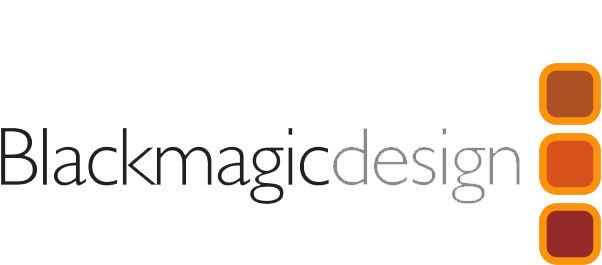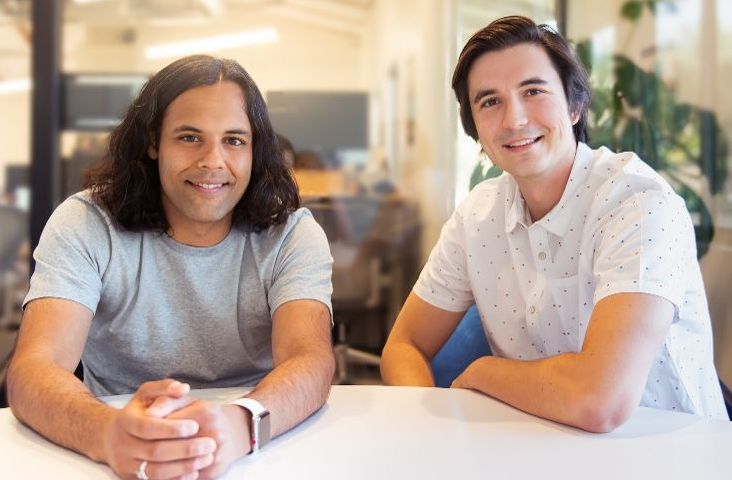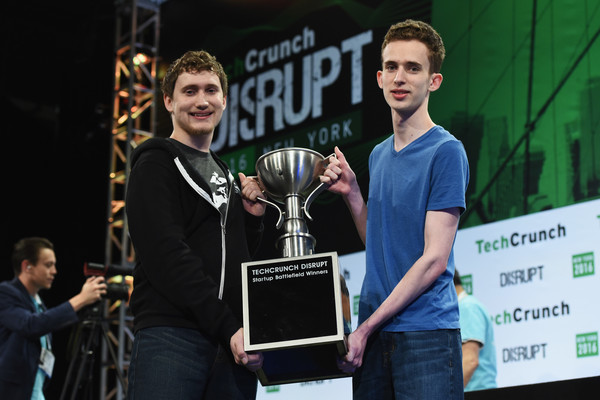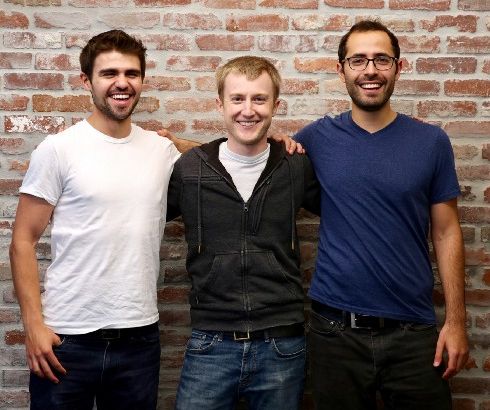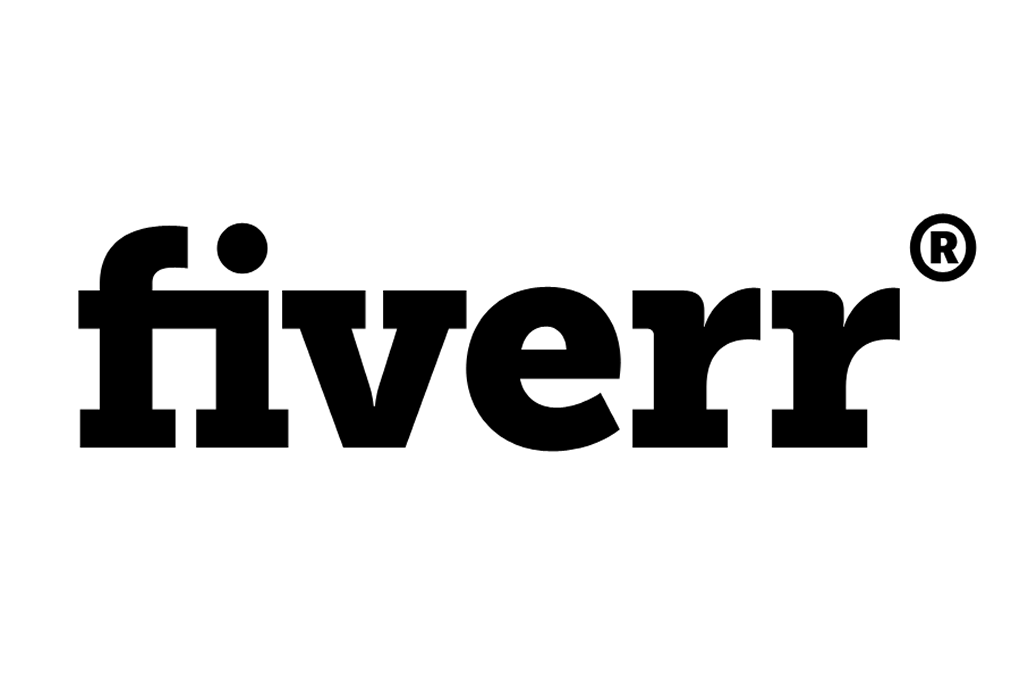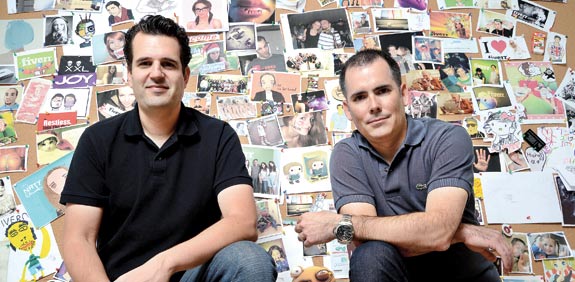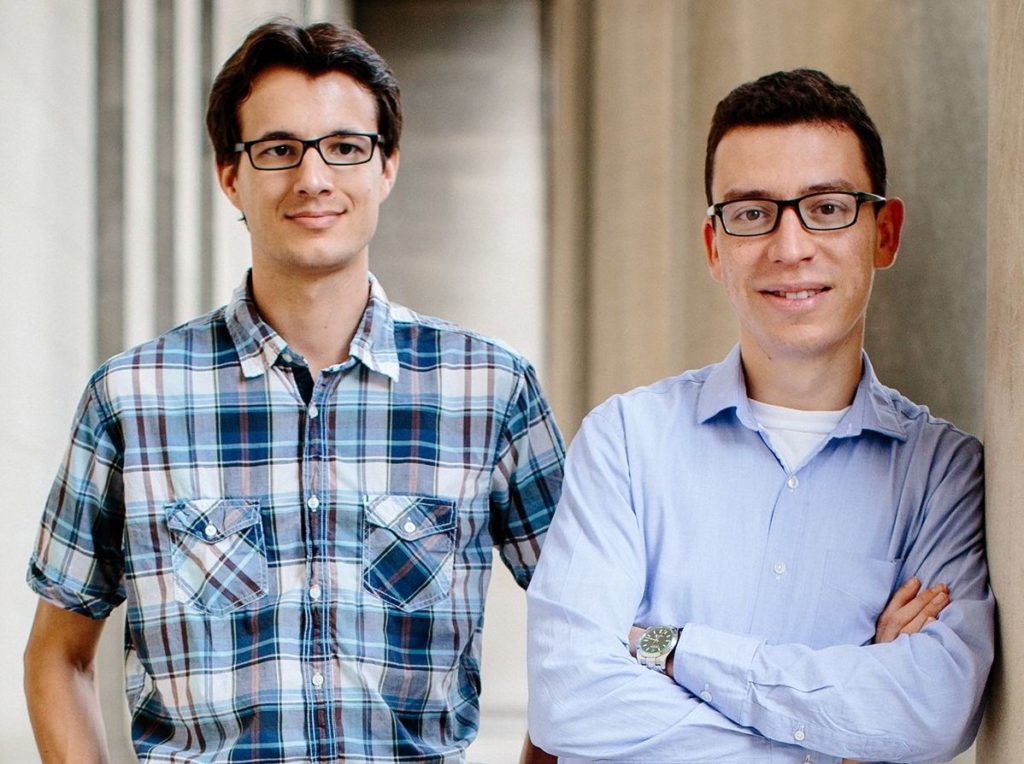Blackmagic Design : Some Startups are Not to Make Money But to Change the World
There were times when production cost to create a TV program was way higher than it would earn at the end. This was because of the high price equipment that the film and TV series maker would pay for buying or renting them. At that time, buying these camera equipment used to cost over a million-dollar and renting them was not less than a thousand dollar per hour. But being an engineer himself, Grant Petty, founder of Blackmagic Design, knew that the cost the vendors are putting on these equipments are way higher than their actual cost. So he concluded that he needs to do something to change the way everything worked in the TV industry.
Early Life
Grant Petty is an engineer and entrepreneur from Australia, who initially worked in the TV industry as an engineer. As a kid, he lived in government quarters with his family. The financial condition of the family was not that good.
When he was in high school, he started working with a local TV studio, with the help of a grant his school had received from the government. At the studio, he got to operate two PCs at the same time, and hence, he got the opportunity to learn to code. He kept himself busy in learning the basics of programming, and eventually, grew immense interest in coding.
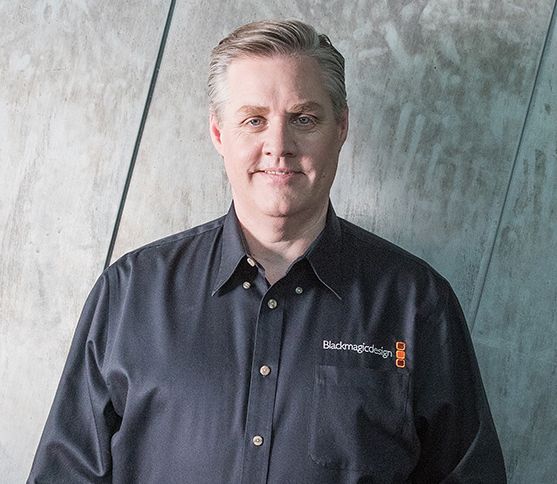
In late 1991, Petty moved to Singapore to work at VHQ Singapore. It was the biggest firm that provided digital facility products to filmmaker and people from the TV industry. The equipment the company sold used to cost a fortune at times. After working for a while in the TV industry, he found out that technology in the industry was over-priced. The vendors were taking advantage of the fact that the creators are not the coders, and do not know much about the technology.
The Turning Point
In 1992, his roommate, Peter, bought a scanner for his Mac Duo Dock computer. The scanner came with an image editing software application named Adobe Photoshop, and that was a kind of turning point of Petty’s life. He was amazed to see the various useful tools that photoshop provided. The software was able to beat his company’s $70000 PaintBox.
Photoshop was for the design industry but was able to do much TV-related stuff as well. This led Petty to explore the software even deeper. He even bought other design software to learn more about the design industry. He pitched the idea of using the design software in place of film-making software. Nobody took an interest in his idea. He realised that there was no market for such software in Singapore, so he moved to Melbourne and started working with another company.
Petty decided to establish a new industry that would transfer the control into the hands of the creators. But deciding was not enough. To change the industry, he needed to produce the products himself, so that he could cut the production cost. So he along with his roommate Peter started working on a product. He now wanted to connect design with TV.
Founding Blackmagic Design
In 2001, Petty founded Blackmagic Designs and launched the first product, a capture card for macOS, named DeckLink in 2002. The card was first to offer uncompressed 10-bit video, and for its uniqueness, 163 units were sold in the very first month. He had started the production with his own money, so the sale of so many units helped him with further production. He even had to live on rice for a week as he was out of money and he had to pay for the supplies.
Soon, the company added support for Windows to the card, and also included colour correction features to it. It also included support for Adobe Premiere Pro and Microsoft DirectShow. This way, the product started becoming more popular.
By 2005, the company had launched other products as well. The main highlights of the new product series were the Multibridge family of PCIe bi-directional converters and the FrameLink family of DPX-based software. The next year, the company launched the Blackmagic On-Air television production software, which still is one of the world’s most advanced live production switcher control software. The ATEM Television Studio includes the support for both Mac or Windows.
The company announced its first Cinema Camera in 2012. With the passing time, the company also started to grow. At the time, Petty launched his company, only one or two high-end production studios were in Melbourne. With the growth of Blackmagic Design, 80 per cent of the production houses started using its products.
In 2018, Blackmagic Design joined its hands with Apple and created the Blackmagic eGPU. The next product that the company released with the partnership was the Blackmagic eGPU Pro. In the same year, Blackmagic and Netflix came into partnership.
The Company Today
Today, the company has established its offices in four different continents and has also acquired around six other companies, including Da Vinci Systems, Echolab, Teranex, Cintel, eyeon Software, and Fairlight. The company’s major products are Broadcast Hardware, Cinema Cameras, Production Camera and Editing Software, including Fusion, DaVinci Resolve, etc.
Petty, with his determination, finally, completed his mission, as he, with Blackmagic Design, cut down production hardware and software expenses for the TV industry by 50 per cent. Today, Blackmagic Design values more than $300 million.

Yashica is a Software Engineer turned Content Writer, who loves to write on social causes and expertise in writing technical stuff. She loves to watch movies and explore new places. She believes that you need to live once before you die. So experimenting with her life and career choices, she is trying to live her life to the fullest.
